A round-up of the most important works of art to have recently entered public collections
Louvre Museum, Paris
Le Panier de fraises des bois (1761), Jean-Siméon Chardin
In 2022 an exquisite still life by Jean-Siméon Chardin, Le Panier de fraises des bois (1761), was bought at auction for €24.3 million by the American dealer Adam Williams. The Louvre’s director, however, argued that the work should be classed as a ‘national treasure’ and blocked the sale. Since then, the museum has been working to secure the funds to buy the painting. It has now done so through a concerted funding drive. Most of the money was stumped up by groups including the luxury goods conglomerate LVMH; the remaining €1.6 million was donated by 10,000 individual patrons in what the Louvre says is a record-breaking donation campaign. The work, which depicts a basket piled high with strawberries, will be exhibited at the Louvre-Lens at the end of the month and then go on tour around the country.
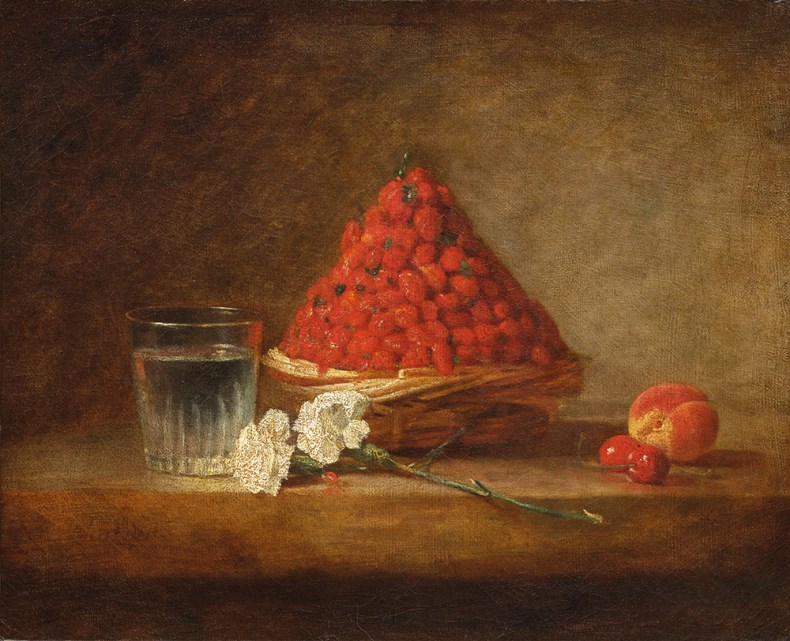
Le Panier de fraises des bois (1761), Jean-Siméon Chardin. Photo ©: Hervé Lewandowski; © Musée du Louvre
Metropolitan Museum of Art, New York
Two medieval Japanese wooden sculptures
The Met, which holds more than 35,000 objects in its Asian art collection, has acquired two wooden sculptures from medieval Japan that had previously been on long-term loan at the museum. The sculpture of the Buddhist deity Jizo Bosatsu – a highly ornate piece carved from cypress wood and adorned with gold paint and rock crystal – was made in 1291 and is one of only three extant works that can be traced directly to the hand of the Japanese sculptor Intan. The other, which dates from between the 11th and 13th centuries, is a magnolia representation of a kami, a female deity associated with Shintoism, and was originally part of a set of at least 18 figures; the others are housed in various private and public collections around the world.
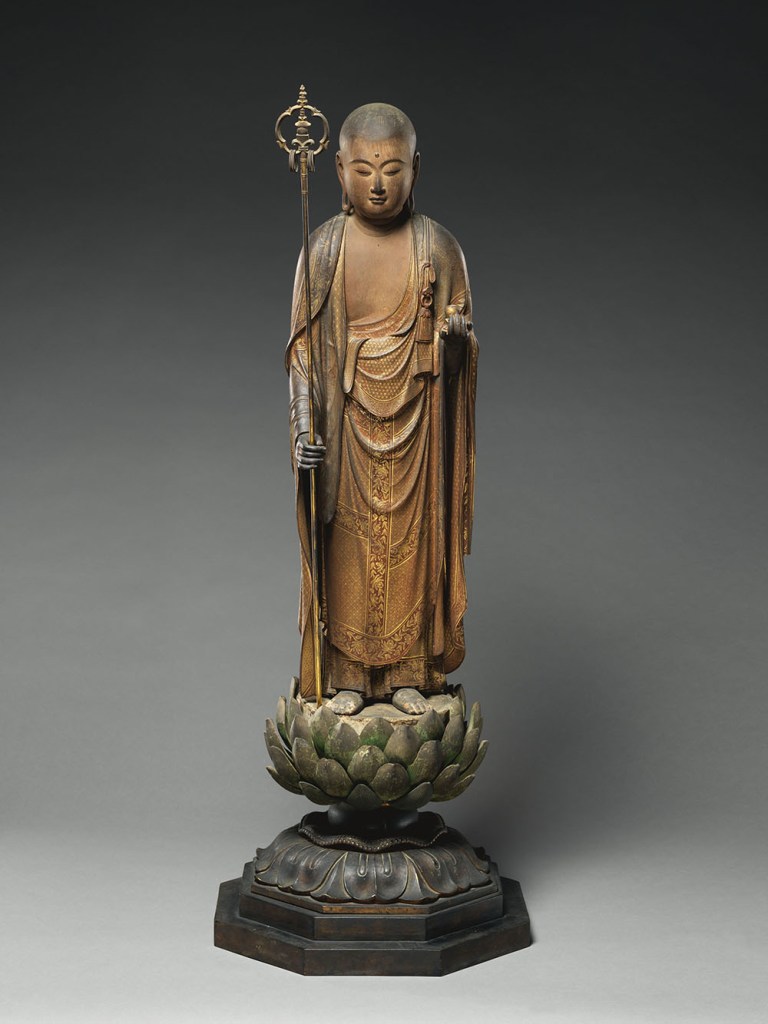
Wooden sculpture depicting Jizo Bosatsu (1291), Intan. Metropolitan Museum of Art, New York
Victoria and Albert Museum, London
Two works by Edmund Clark
The V&A has acquired two photographic works by the artist Edmund Clark (b. 1963), whose work primarily concerns the perniciousness of state control and repression. Control Order House (2012), the result of Clark gaining access to the house of an anonymous prisoner being kept under house arrest in the UK, will go on display in the V&A’s photography centre in June. Negative Publicity: Artefacts of Extraordinary Rendition is a collection of photographs, taken by Clark in collaboration with the investigative journalist Crofton Black, which document secret detention sites for suspected terrorists in the United States. Both installations are accompanied by rigorous text-based research undertaken by Clark. Much like the work of groups such as Forensic Architecture, Clark’s output straddles the line between art and investigative journalism.
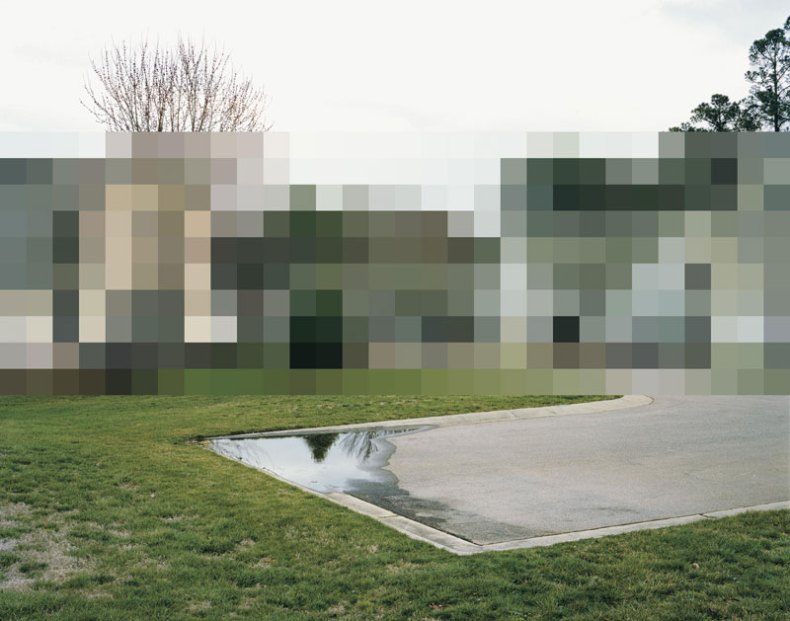
Redacted image of a complex of buildings where a pilot identified as having flown rendition flights lives; from the series Negative Publicity: Artefacts of Extraordinary Rendition. Courtesy Flowers Gallery London and New York; © Edmund Clark
Toledo Museum of Art, Ohio
Statue of a standing male figure (4th–3rd century BC)
The Toledo Museum of Art, which is primarily known for its significant collection of decorative art, sculptures and glasswork, has acquired a funerary sculpture from South Arabia (which roughly corresponds to Yemen today), dating from the 4th–3rd century BC. The figure is made of alabaster and is shown with his hands raised, possibly offering a gift to the gods. He stands on a block inscribed with the name of the person depicted, Abl-yada, son of Damar-il. The remarkably well-preserved piece bears comparison to Egyptian and Mesopotamian funerary art of the period, examples of which can be seen in Toledo’s permanent collection.
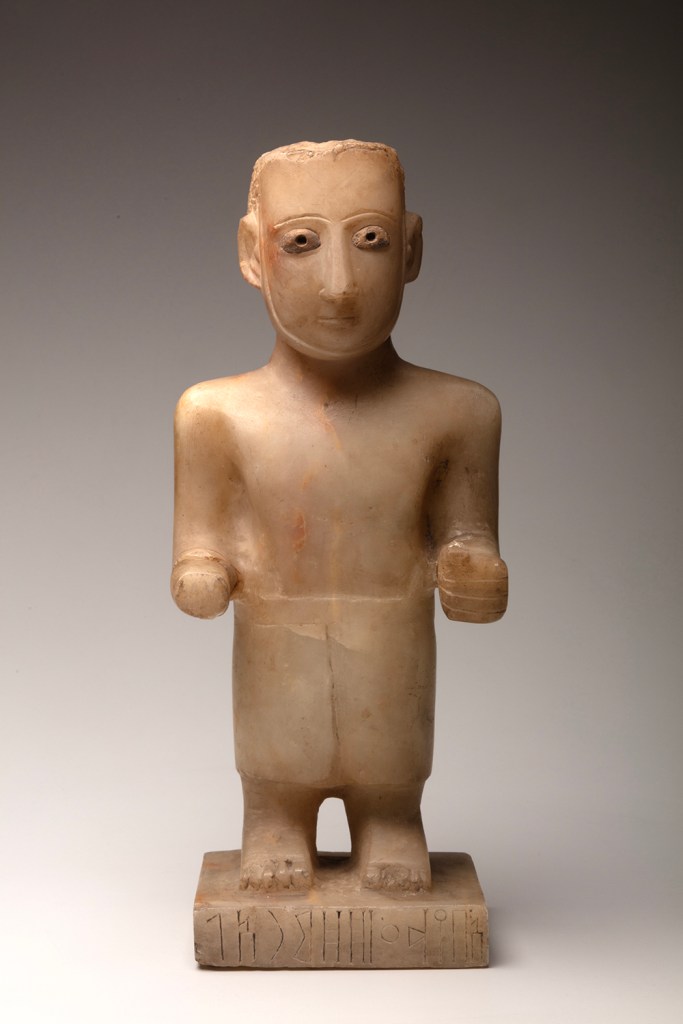
Statue of a standing male figure (4th–3rd century BC). Toledo Museum of Art, Ohio
Rijksmuseum, Amsterdam
Jesus and the Canaanite Woman (c. 1550), unknown artist
An anonymous northern Netherlandish panel from the mid 16th century, Jesus and the Canaanite Woman, has been acquired by the Rijksmuseum in memory of Ger Luijten, the museum’s director from 1990–2010, who died in 2022. The foreground of this striking painting depicts one of the miracles recounted in the gospels of Mark and Matthew, in which Jesus exorcises the daughter of a Canaanite woman, while the background shows Jesus healing the sick.
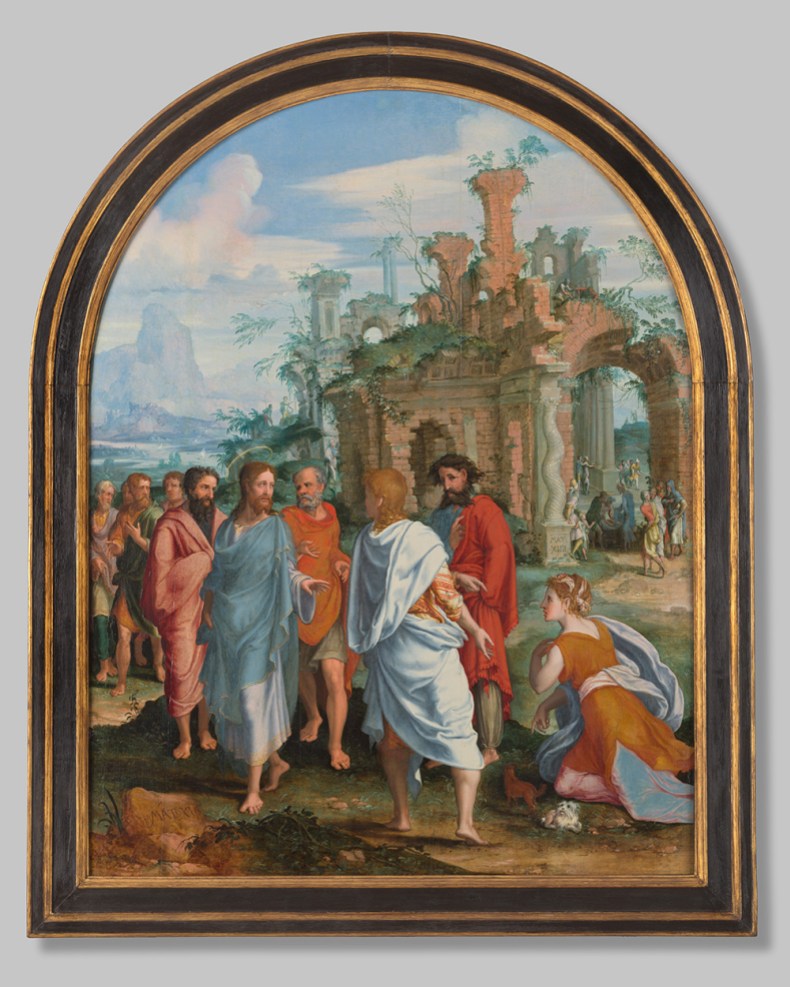
Jesus and the Canaanite Woman (c. 1550), anonymous. Rijksmuseum, Amsterdam
Unlimited access from just $16 every 3 months
Subscribe to get unlimited and exclusive access to the top art stories, interviews and exhibition reviews.

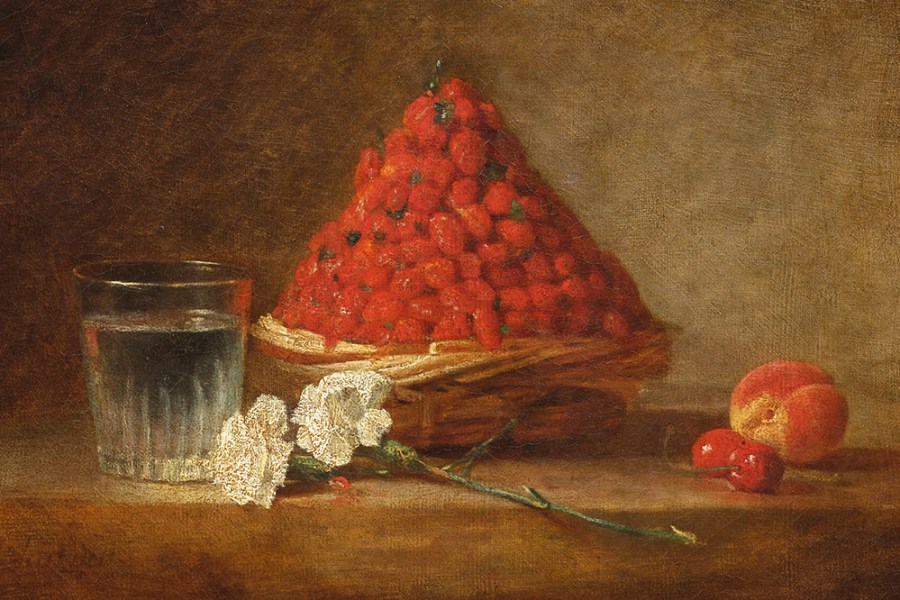
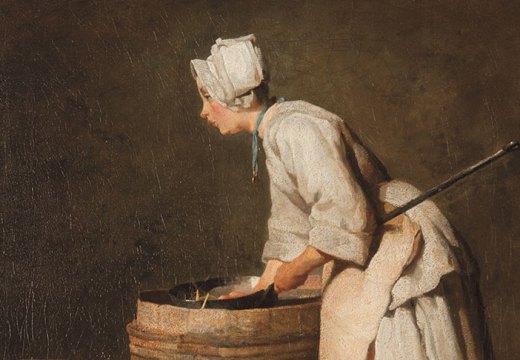
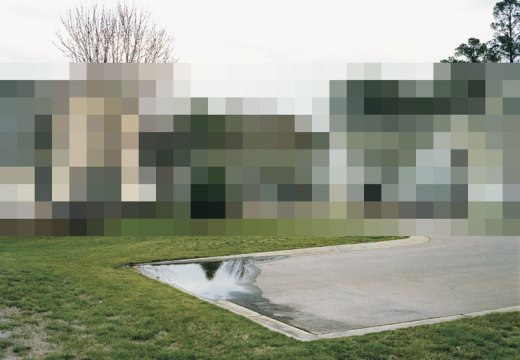
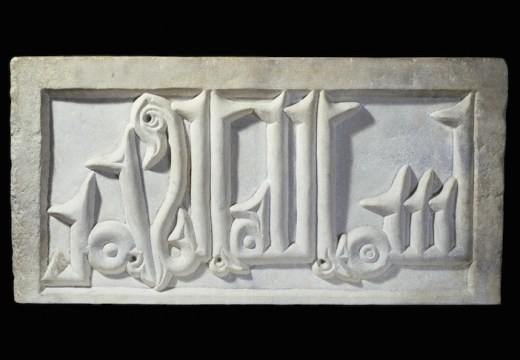

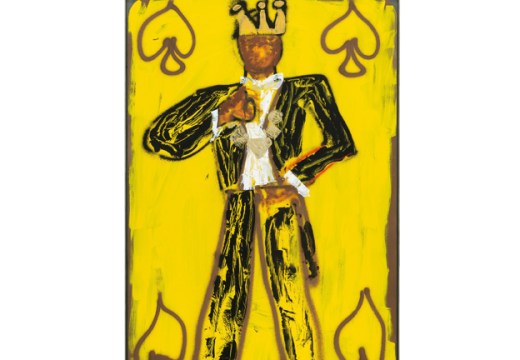







![Masterpiece [Re]discovery 2022. Photo: Ben Fisher Photography, courtesy of Masterpiece London](http://www.apollo-magazine.com/wp-content/uploads/2022/07/MPL2022_4263.jpg)
Has the Fitzwilliam lost the hang of things?